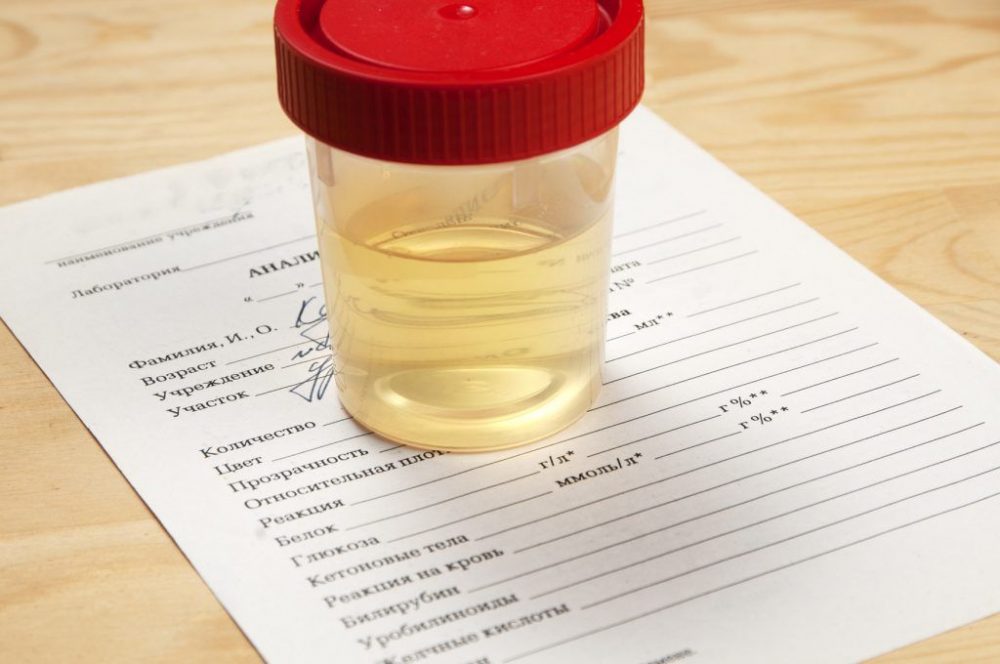

Peeking into the toilet bowl after you’ve urinated can give insight into your body’s current state of health. Even though the color of your pee can reveal a wide range of issues, few take advantage of this easily accessible health barometer.
According to Thomas Griebling, MD, MPH, vice chair of the urology department at the University of Kansas, “Urine and urinalysis have, for hundreds of years, been one of the ways physicians have looked at health. From a historical view, urinalysis was one of the original windows into what’s happening in the body.” This window is possible because many of the substances circulating in the body, including bacteria, yeast, excess protein and sugar, eventually make their way into the urine.
Our urine’s color is one of the oldest and simplest types of urinalysis. The urine can take on most colors of the rainbow. Several yellow hues are most common; however, they are not the only colors that can be normal. Below is a list of the most frequently seen urine colors and accompanying explanations of what that color might imply:
- Clear or transparent – Clear colored urine usually means you are drinking too many fluids or too much coffee. Diuretics, whether in the form of coffee or medications, force the body to eliminate lots of water. If reducing water and coffee intake still results in transparent pee, discuss this with a physician as it could implicate a kidney problem.
- Light yellow, straw-colored, yellow or gold – Due to the pigment called urochrome, these types of yellows are ideal, indicating properly functioning kidneys and adequate hydration levels.
- Bright or fluorescent yellow – This startling color is most likely the result of taking B vitamins. Despite its neon appearance, this color is not a cause for concern.
- Dark yellow – Although this color could be normal, a dark yellow color indicates the beginning of dehydration. Experts suggest drinking water when you notice this color in your toilet bowl.
- Orange – Often an indicator that you should consume more fluids, an orange color could have a similar etiology as dark yellow colored urine. There are a few foods that can temporarily color your urine orange, such as carrots, carrot juice or winter squash. The carotene in these foods may turn the palms of your hands and the soles of your feet orange as well. Some medications such as coumadin, antibiotics, laxatives and chemotherapy drugs can turn urine orange. B vitamins may also turn the urine fluorescent yellow or orange. However, if food or medications are not the culprit, you should increase your water consumption because you are likely dehydrated.
- Amber – This darker shade in the toilet bowl is cause for further evaluation. An amber color means that the urine’s urochrome is even more concentrated than an orange hue. As such, amber urine generally correlates with severe dehydration – a state that can be hazardous if re-hydration does not happen quickly. If amber colored urine persists, see a doctor.
- Brown or root beer-colored – Brown urine could be caused by several different reasons. Possible reasons for brown pee are eating a lot of rhubarb, aloe or fava beans, certain medications (antibiotics, anti-malarial drugs, muscle relaxants and laxatives like Senna), extreme dehydration, a urinary tract infection, a kidney problem, pituitary problem or liver disease. Consult a physician if brown urine persists despite adequate hydration.
- Pink or red – Noticing a pink or reddish hue in your urine could be a result of food coloring, consuming beets, blueberries or rhubarb as well as laxatives, iron supplements, Pepto-Bismol, Maalox and antipsychotic use. If this color recurs and is not related to one of these foods or medications, see a doctor right away. Pink or red could indicate blood in the urine, lead or mercury poisoning. Blood in the urine may be non-consequential, but it also could be a sign of kidney disease, tumors, urinary tract infection, prostate problems or another internal problem.
Keeping track of your urine’s color is a good health awareness practice. While an occasional pink, orange or transparent pee is likely no big deal, persistent brown, red or amber urination should definitely prompt a visit to your physician.




